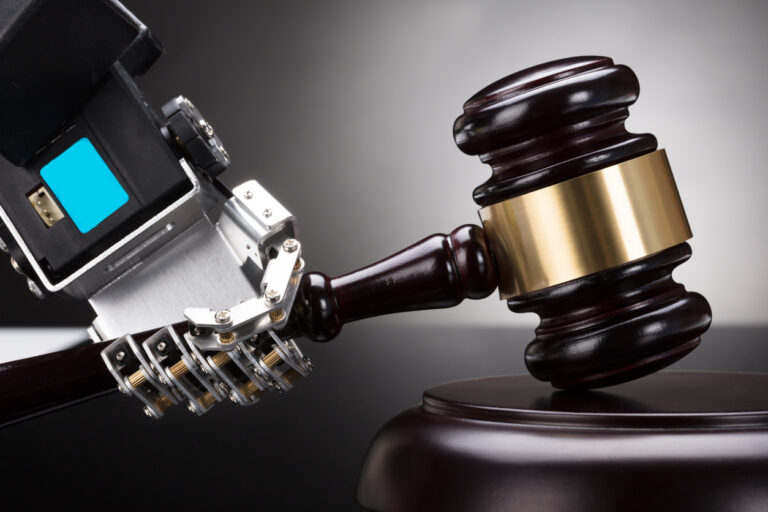Over the last few years, the application of speech technology has become increasingly popular (Moore, 2017). Speech technology mainly consists of speech recognition, which transforms spoken words into text, and natural language processing, which aims to actually understand this text and convert it into understandable and analysable data (Chowdhury, 2003). Therefore, it can contribute to the gathering of knowledge about the needs and use of language by humans. A well-known example of speech technology, that nearly everyone has personal experience with, is Siri on Apple’s devices. It’s safe to say that customer experiences with these technologies are not completely seamless yet, as Siri usually starts speaking to you at the moment you don’t want her to, or decides to call one of your contacts instead of skipping a song on Spotify. However, if used in the right way, speech technology can assist firms in getting a better understanding of the needs of their customers, improving their customer service channel, and step-by-step creating a more seamless customer experience.
Digital customer service: benefits only?
Most companies have installed an artificial intelligence-based chatbot on their website by now (Weerabahu et al., 2018). However, by implementing speech technology into their customer service channels, in the form of a digital assistant on the phone, firms can assist their customers in the old-fashioned way, but then the improved version of it. As an infinite number of digital assistants is constantly available, customers their waiting times will be drastically decreased. Additionally, they will be able to call the customer service centre at every time they would like, also after opening hours of the firm. These benefits would definitely create a more seamless customer experience. The firm that implements a digital assistant on its phone line will receive benefits as well. By having the digital assistant ask the simple question “What can I help you with?”, firms will gather more information about the needs of their customers, and know where they can improve the information that they provide on their products and services. Additionally, firms will learn about the language that their customers use. This will allow the digital assistant to, eventually, take over repetitive tasks from human customer service employees, and leave providing specialised advice to human customer service employees.
I’m wondering: How do you feel about digital assistants replacing human customer service employees? And do you think that, eventually, all human customer service employees will be replaced?
References
Chowdhury, G.G., 2003. Natural language processing. Annual review of information science and technology, 37(1), pp.51-89.
Moore, R.K., 2017. Is spoken language all-or-nothing? Implications for future speech-based human-machine interaction. In Dialogues with Social Robots (pp. 281-291). Springer, Singapore.
Weerabahu, D., Gamage, A., Dulakshi, C., Ganegoda, G.U. and Sandanayake, T., 2018, December. Digital Assistant for Supporting Bank Customer Service. In International Conference of the Sri Lanka Association for Artificial Intelligence (pp. 177-186). Springer, Singapore.


